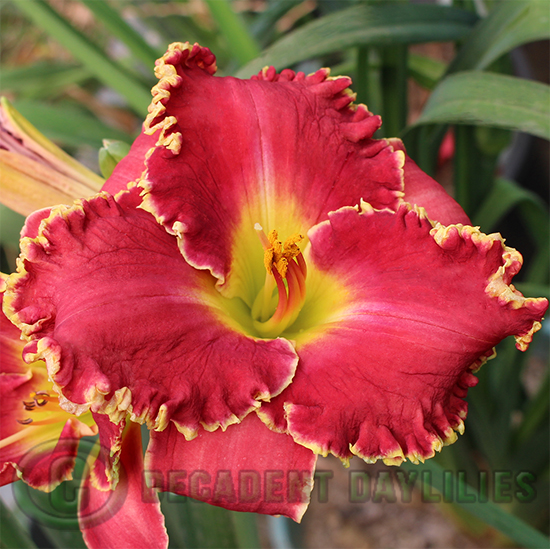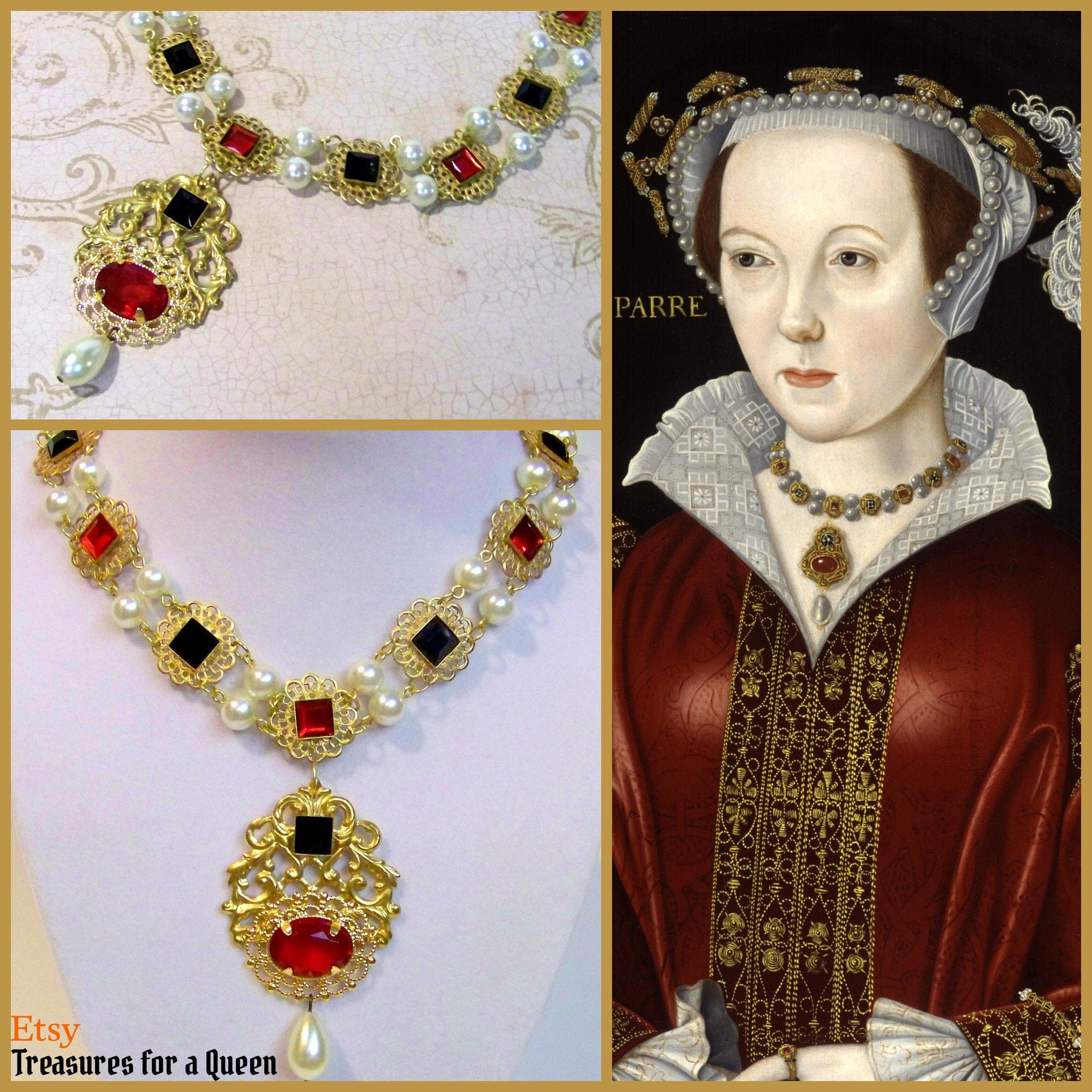The Prince with the Flowing Locks: Lengthy Hair’s Royal Renaissance in 2025
Associated Articles: The Prince with the Flowing Locks: Lengthy Hair’s Royal Renaissance in 2025
Introduction
With enthusiasm, let’s navigate by means of the intriguing subject associated to The Prince with the Flowing Locks: Lengthy Hair’s Royal Renaissance in 2025. Let’s weave fascinating data and supply recent views to the readers.
Desk of Content material
The Prince with the Flowing Locks: Lengthy Hair’s Royal Renaissance in 2025

The yr is 2025. Whereas technological developments dominate headlines, a quieter revolution is unfolding on this planet of royal aesthetics: the resurgence of the long-haired prince. Gone are the times of rigidly sculpted, short-back-and-sides. A brand new technology of royals, embracing individuality and difficult conventional notions of masculinity, are sporting flowing locks, defying expectations and fascinating the general public creativeness. This is not only a fleeting pattern; it is a assertion, a logo of a shifting cultural panorama the place self-expression reigns supreme.
This text explores the phenomenon of the long-haired prince in 2025, inspecting the cultural, social, and even political implications of this seemingly easy stylistic selection. We’ll delve into the precise examples of royal figures who’ve embraced the look, analyze the media’s response, and speculate on the broader impression this pattern has on perceptions of masculinity and royal picture.
A Break from Custom: The Roots of the Revolution
For hundreds of years, royal hairstyles have been fastidiously curated, reflecting energy, order, and custom. Brief, neat hair symbolized management and self-discipline, reinforcing the picture of a powerful, decisive chief. Lengthy hair, usually related to rise up, bohemianism, and even femininity, was largely absent from the official portraits and public appearances of male royals.
Nonetheless, the 2020s witnessed a gradual shift in societal norms. The rise of numerous and inclusive actions challenged conventional gender roles and expectations. This societal change discovered its reflection within the royal sphere. Younger princes, unburdened by the inflexible expectations of earlier generations, started to specific themselves by means of their look, selecting hairstyles that resonated with their private identities.
This wasn’t a sudden, radical change. The seeds have been sown earlier within the decade with refined shifts: barely longer sideburns, a extra relaxed strategy to styling. However by 2025, the long-haired prince has grow to be a noticeable and more and more prevalent determine.
Main the Cost: Profiles of Royal Trendsetters
A number of royal figures are main this fashionable cost. Prince Edward of Eldoria, as an illustration, has grow to be a logo of this new period. His shoulder-length, wavy hair, usually styled with a easy headband or tied again with a leather-based wire, has garnered important media consideration. His public appearances are sometimes accompanied by articles discussing his "rebellious" coiffure, contrasting it with the extra conservative kinds of older generations throughout the royal household. His selection, nevertheless, hasn’t been met with outright disapproval; as an alternative, it has sparked a broader dialog concerning the evolving picture of royalty.
Princess Anya of Solara, whereas not a prince, has additionally contributed to this pattern. Her lengthy, braided hair, usually adorned with intricate jewellery and flowers, has grow to be a signature fashion. Her affect has prolonged past her personal nation, inspiring different younger royals to embrace longer hairstyles and extra expressive private kinds. Anya’s affect demonstrates that the lengthy hair pattern is not solely a masculine phenomenon, however reasonably a broader shift in royal aesthetics in direction of particular person expression.
Prince Liam of Aethelred, however, showcases a special strategy. His lengthy, straight hair, usually left free and flowing, has been described as "effortlessly stylish." His fashion has attracted a youthful viewers, who see him as a relatable and approachable determine. This contrasts sharply with the extra formal and distant picture usually related to royalty prior to now.
Media’s Response: From Scrutiny to Celebration
The preliminary response to the long-haired prince phenomenon was blended. Some traditionalist media shops expressed issues concerning the perceived lack of ritual and the potential impression on the royal household’s picture. Articles questioning the appropriateness of lengthy hair for a royal determine have been frequent.
Nonetheless, because the pattern gained momentum, the media’s response developed. Many retailers started to rejoice the embrace of individuality and self-expression. Articles specializing in the princes’ private kinds, their trend decisions, and their charitable work turned extra prevalent. The main target shifted from criticizing the hair to appreciating the person. Social media performed a vital position on this shift, with hashtags like #RoyalHairRevolution and #LongHairedPrince trending often.
The Political Undercurrents: Difficult Conventional Masculinity
The long-haired prince pattern is not merely a stylistic selection; it has deeper political and social implications. By selecting lengthy hair, these royals are subtly difficult conventional notions of masculinity. The quick, clipped hair of previous generations symbolized a inflexible, usually patriarchal, view of what it means to be a person. Lengthy hair, however, is usually related to creativity, sensitivity, and a rejection of inflexible gender roles.
This shift is especially important contemplating the inherent energy and affect wielded by royalty. The acceptance of lengthy hair by distinguished royal figures sends a robust message to the general public, subtly normalizing totally different expressions of masculinity and difficult outdated stereotypes.
The Way forward for Royal Hair: A Lengthy and Winding Highway
The long-haired prince is greater than only a trend assertion; it’s a logo of change, a testomony to the evolving notion of royalty and masculinity. In 2025, it represents a break from custom, a transfer in direction of authenticity, and a celebration of individuality. Whereas the way forward for royal hairstyles stays unwritten, it is clear that the long-haired prince is right here to remain, influencing not simply royal circles but in addition broader societal developments.
This pattern’s impression extends past the realm of aesthetics. It serves as a reminder that even seemingly insignificant decisions can maintain important cultural weight. The lengthy hair of those princes is not merely a coiffure; it is a image of a technology embracing self-expression, difficult norms, and reshaping the way forward for royalty. As we transfer additional into the 2020s and past, we will anticipate to see this pattern proceed to evolve, inspiring additional conversations about identification, masculinity, and the ever-changing panorama of royal picture. The flowing locks of those princes should not only a visible spectacle; they’re a robust reflection of the occasions.








Closure
Thus, we hope this text has offered precious insights into The Prince with the Flowing Locks: Lengthy Hair’s Royal Renaissance in 2025. We recognize your consideration to our article. See you in our subsequent article!